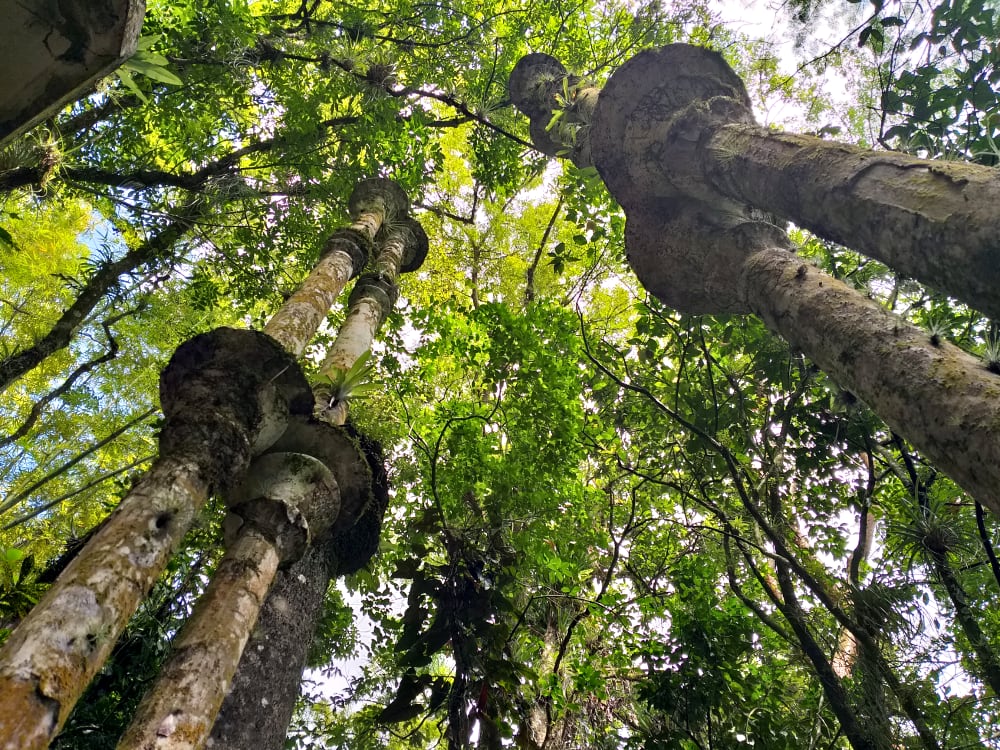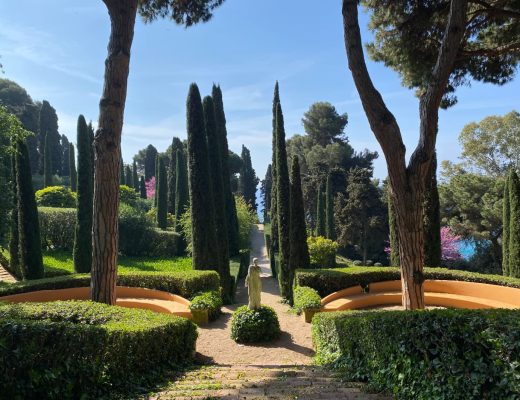His name was James. Edward James. He was called a rich English eccentric, which he absolutely was. Born in 1907 to an American tycoon and a Scottish socialite (presumed to be the natural daughter of King Edward VII), he grew up as a lonely child among his four sisters and inherited a huge fortune when his father died.
His childhood, which, according to him, was not a childhood, marked him for the rest of his life. Left to his dreams and his imagination, he began very early to invent fantastic parallel worlds that fascinated him and created his new reality. Thus, a few years later, he naturally became a major patron of Salvador Dali, René Magritte or Leonora Carrington.

“If I am a surrealist, it is not because I have links with this movement, it is because I was born one.”.
Edward James
The first part of Edward James’s life in England was rather chaotic, marked by a failed marriage and many disillusions. A poet himself and sincerely in love with art, his extreme generosity towards the surrealist artists was not appreciated for its true value. He was described as turbulent, inconsistent and even sometimes unhinged, being accused of having the whims of a billionaire.
In 1939, he moved to America, leaving behind the world that had grown too small for his expansive mind. There, he met Aldous Huxley, Buddhism, psychoanalysis and a spiritual awakening that fit perfectly with his inner world.
The consecration of this exile was probably his discovery of Mexico – a country that was even more surreal than the artists he funded – and especially his encounter with a certain Plutarco Gastelum, who became his friend and alter ego for the rest of his life.
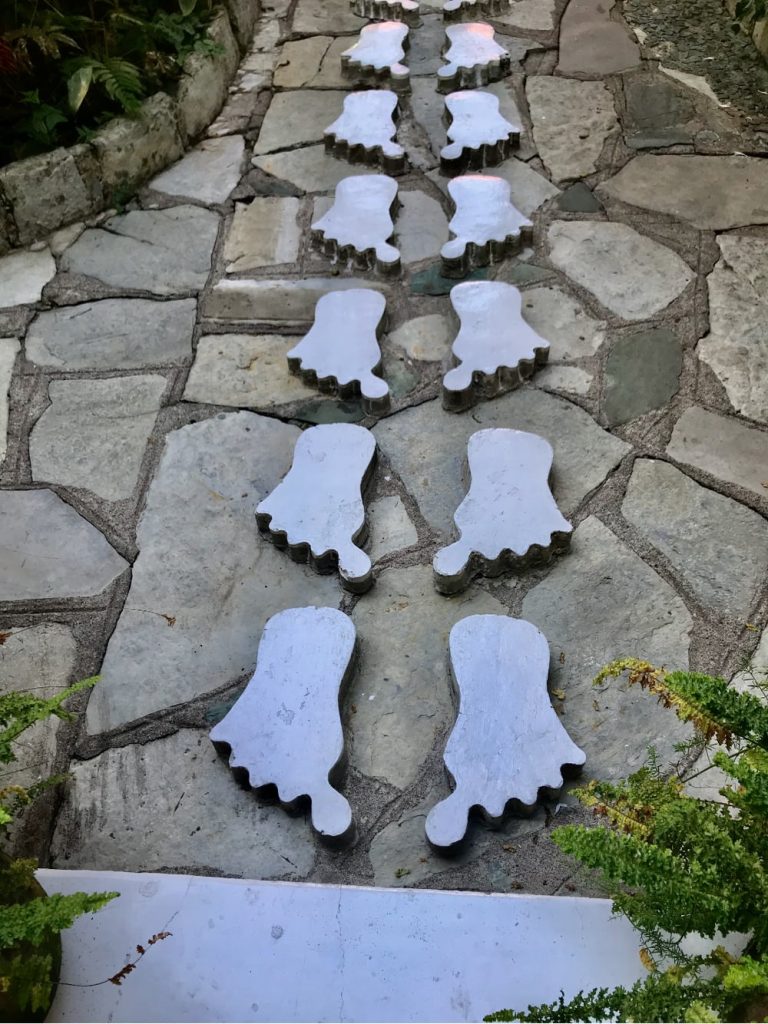
With him, he undertook trips across the country in search of the ideal place to settle and realize his Shangri La, his Eden, his paradise. When they both discovered the exuberant jungle that surrounds the small village of Xilitla, in the east of Mexico, it was love at first sight. While Edward began a delirious collection of orchids and a Noah’s Ark of all possible and unimaginable animals on a 45-hectare plot of land, Plutarco built the most astonishing house in the village of Xilitla for his family and to welcome Edward there.
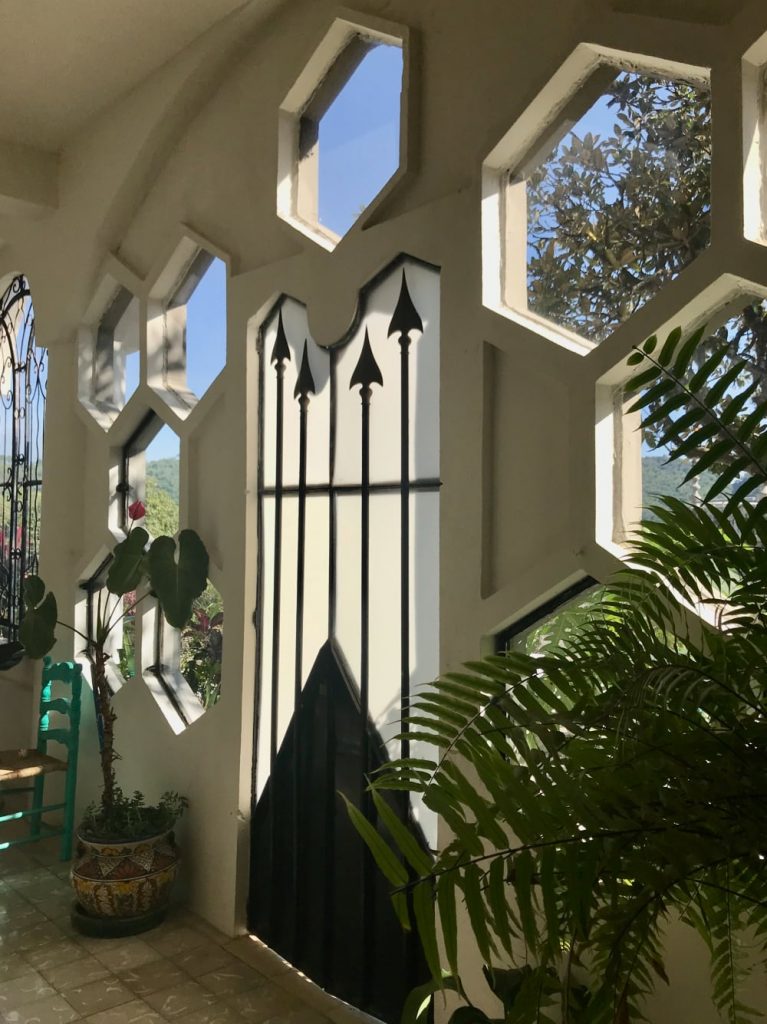

For a few years, however, Edward was content with a cabin in his jungle where he liked to write his poems and take baths in the natural waterfalls and tubs of his estate (hence the name “Las Pozas”).
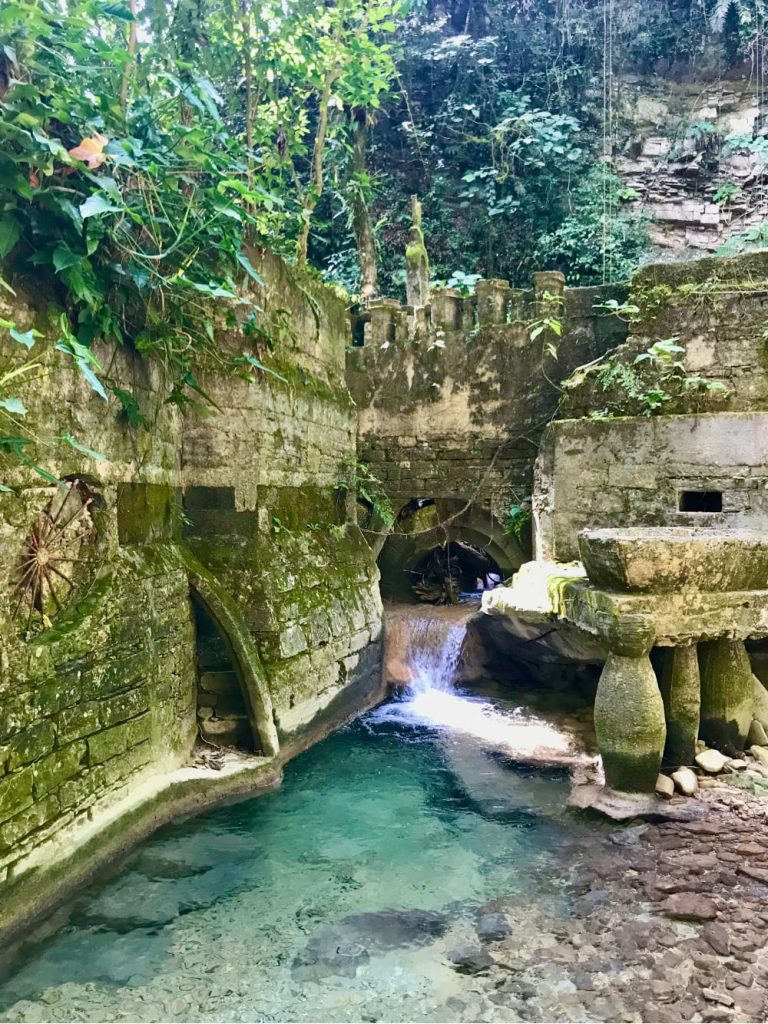
The unusual frosts of 1962 marked the end of this period, destroying all his orchids and confronting him with a new challenge: transforming this jungle into a garden. And what a strange garden it is!
There is no question of plants, as the rainforest can produce them all by itself, even more than necessary. Instead, Edward decided to intervene to echo this lushness, with constructions inspired by the many paintings of his surrealist friends and his overflowing imagination. He hired Plutarco full time on this project, as well as over a hundred local people who see him as an unexpected windfall.

Together with Plutarco, he designed and built huge wooden molds for concrete creations, struggling against an unfavorable environment to bring all this material to this remote corner of the world.
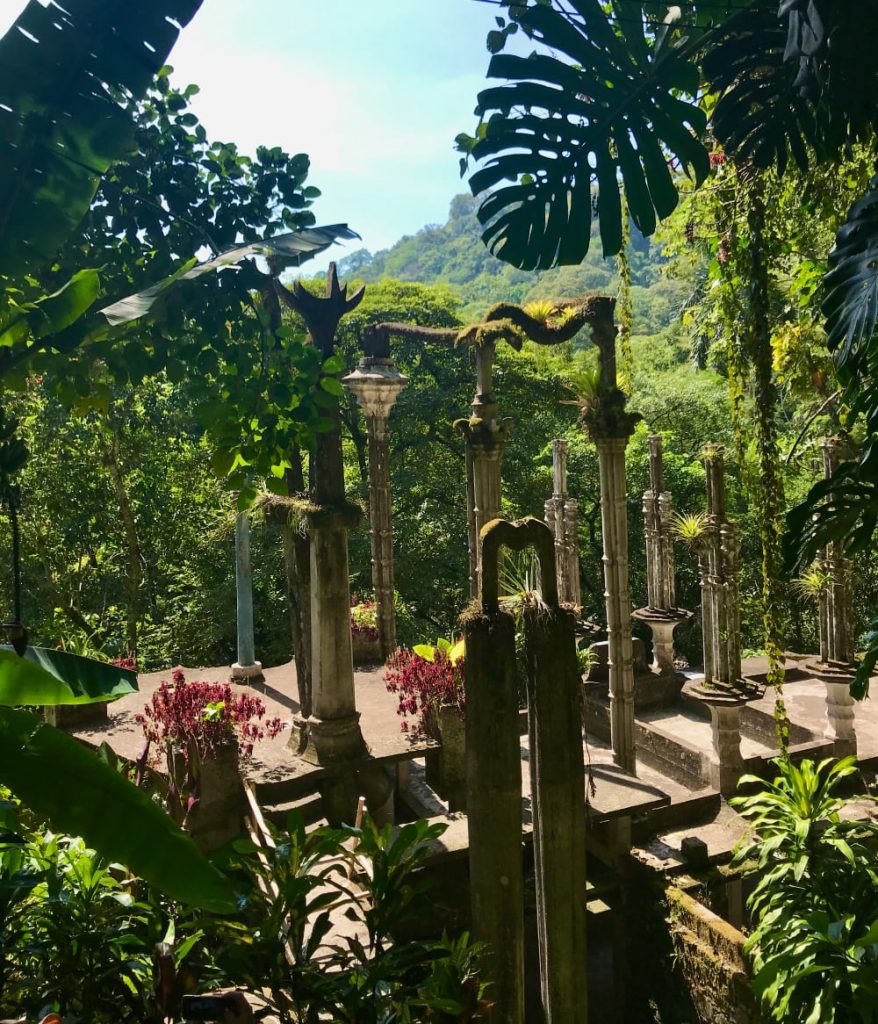
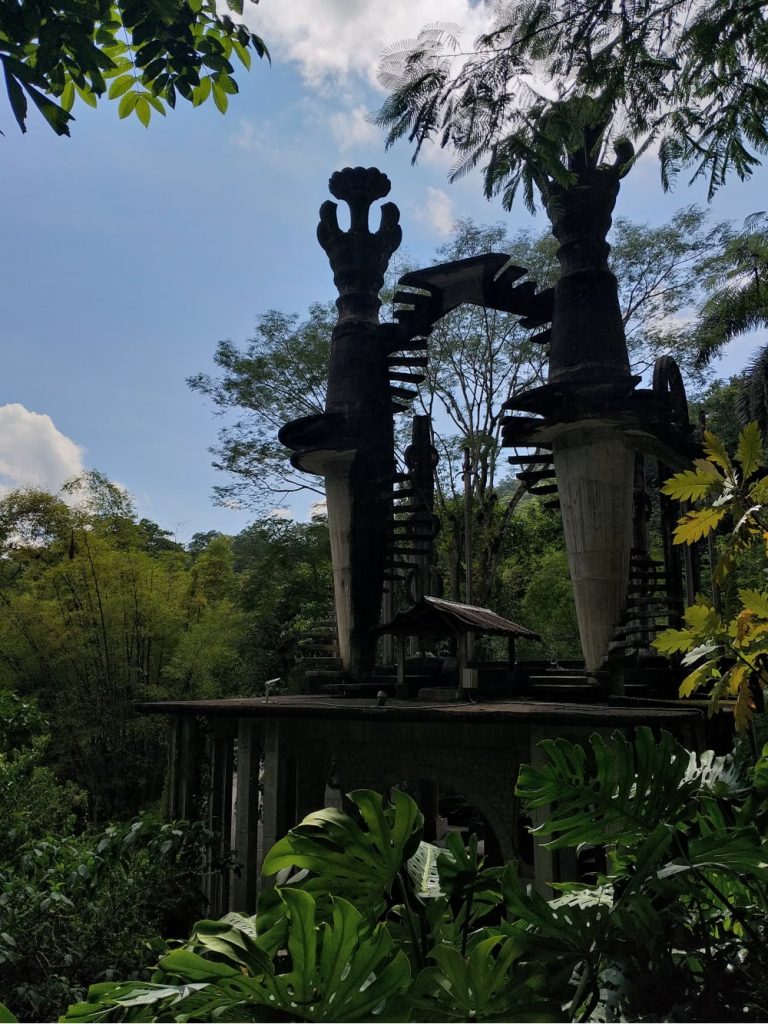
Columns emerged from the ground as well as staircases that go nowhere, mystical snakes, giant mushrooms and landscaped terraces. The jungle responded to these elucidations with its own resources, entwining some of the sculptures with its giant vines, covering the shadier parts with moss or plants, always trying to reclaim its territory. And Edward loved it. This game and this hand-to-hand with nature, which could swallow everything, was part of his project, his dream, his poetic field.
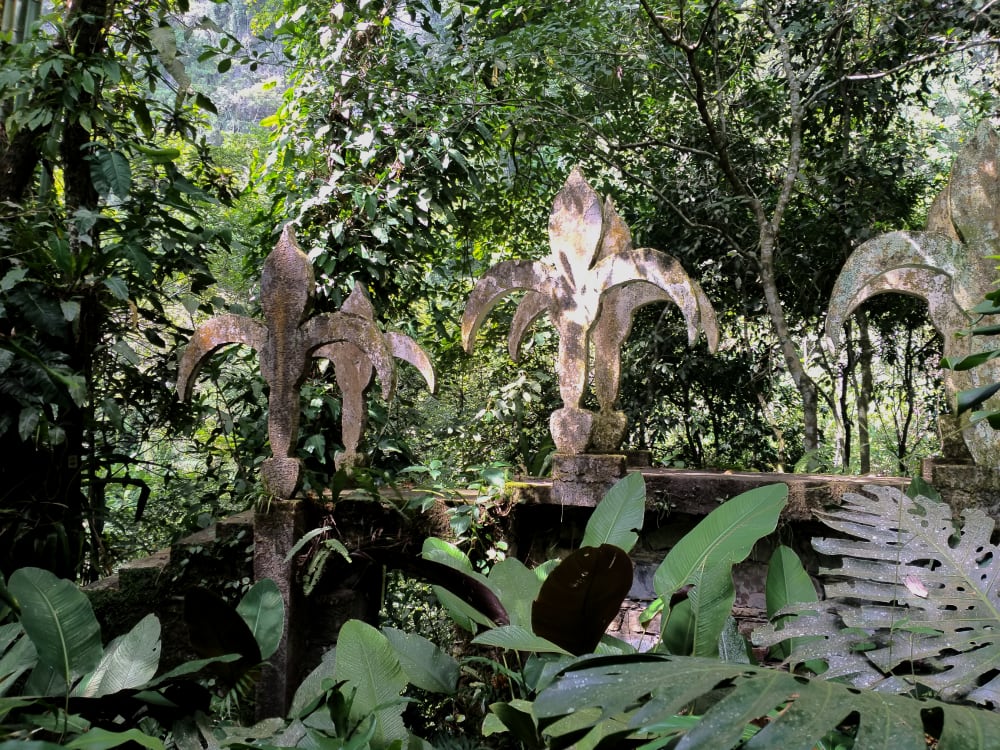
When you visit this garden, you must let yourself be immersed in this fantastic world where man and nature have performed a fascinating dance, reflecting each other, within its own limits and excesses.
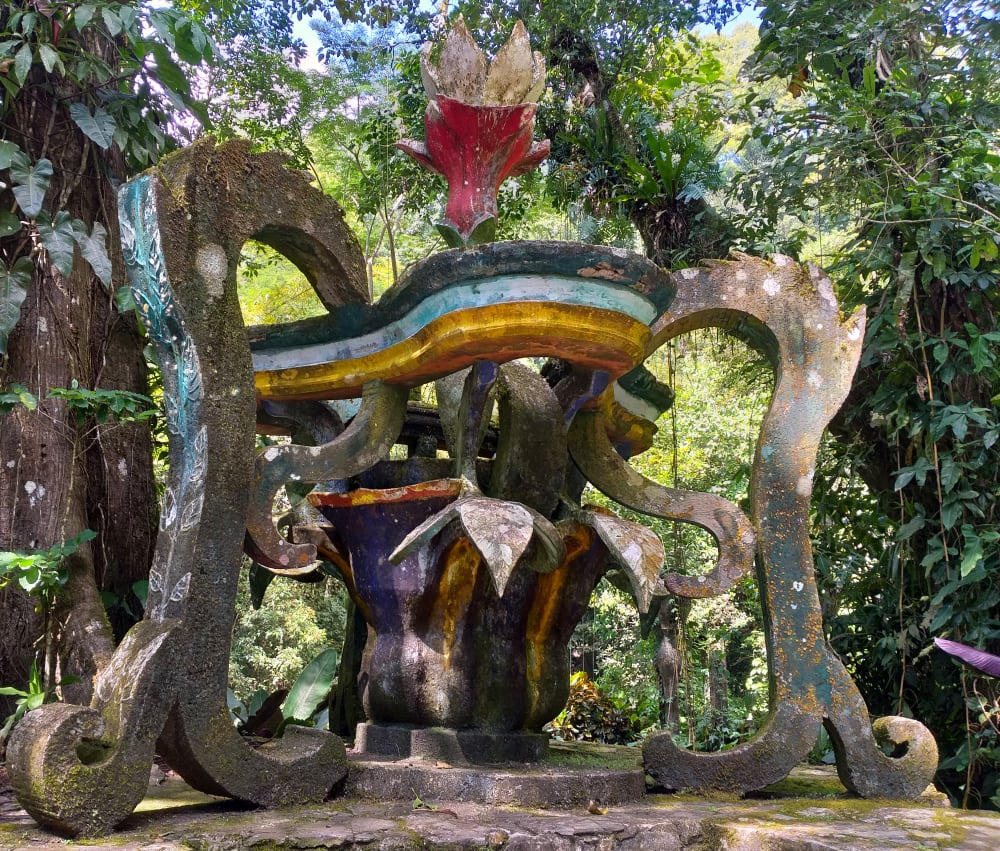
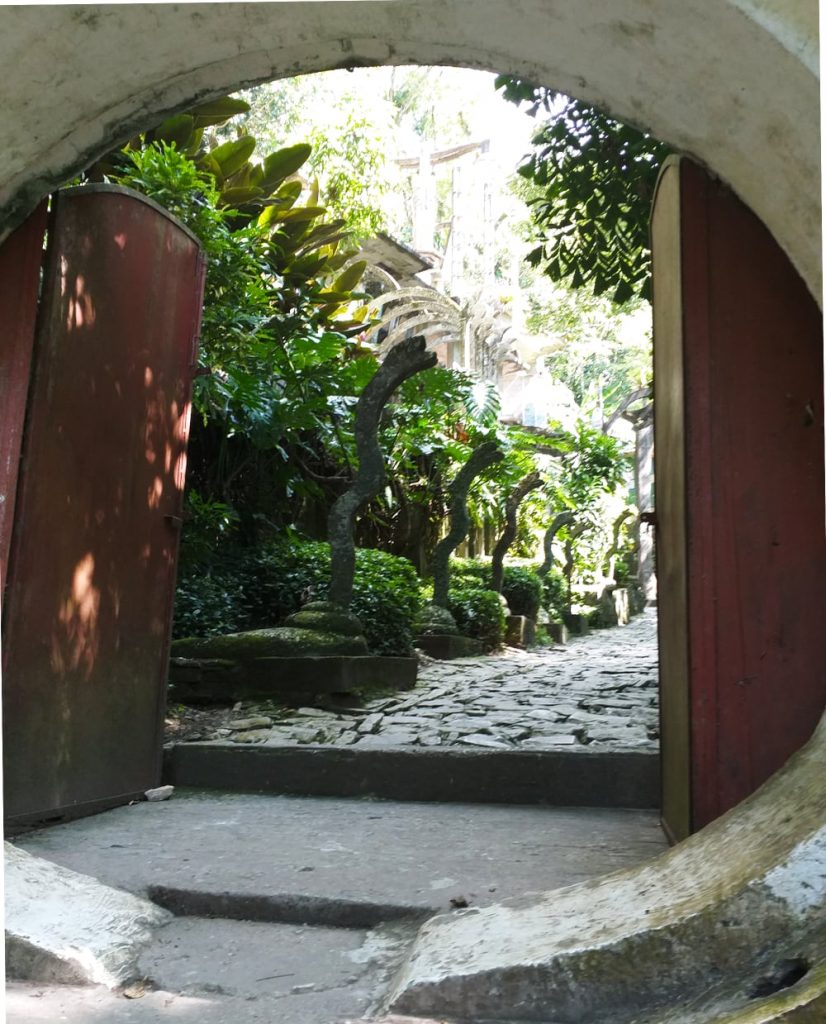
This garden is not a garden; it is all the gardens in the world. A paradise that resembles the ideal that is within us. Many people have studied the meaning of all these constructions, which have obviously been described as “surreal”. They have seen allegories and references to Alice in Wonderland, to delusions under the influence of drugs, to the expression of the subconscious, to pictorial or literary works. This may be true, but this “garden” is above all born from the exceptional and fertile creativity of its author.
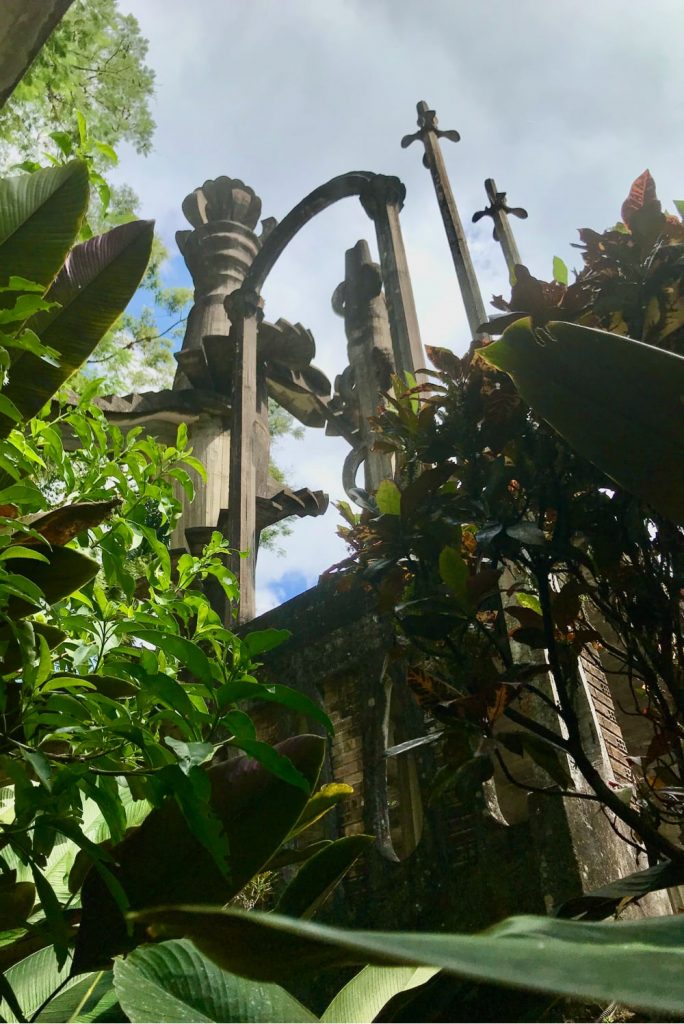
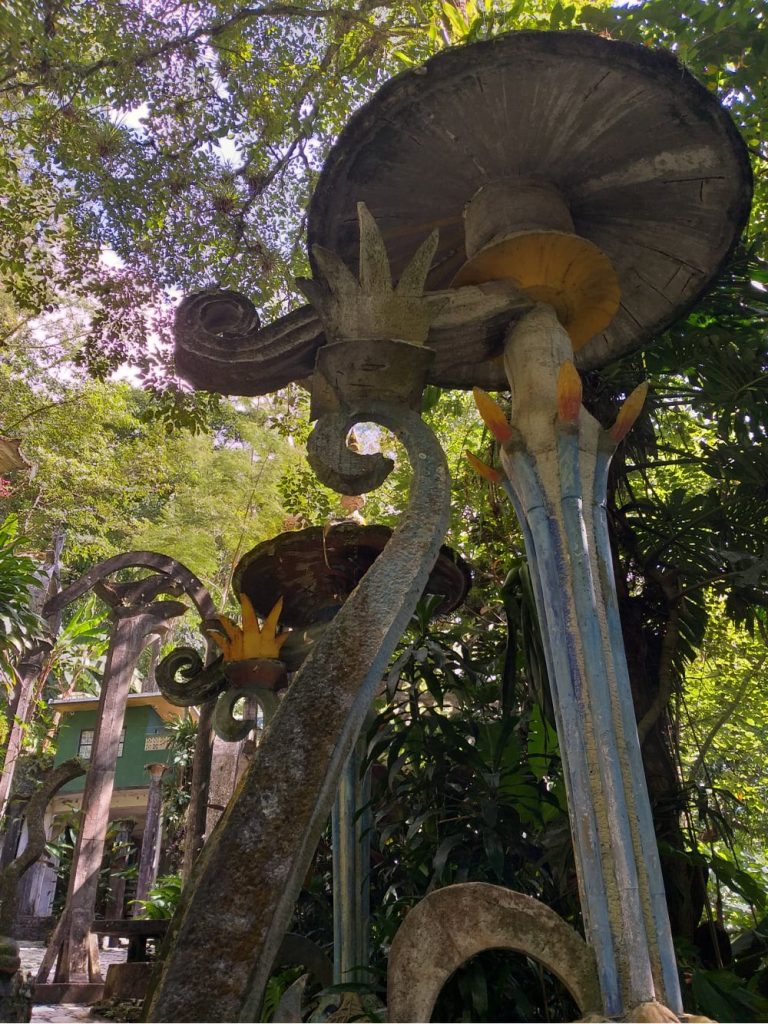
In fact, Edward James was not truly understood in his time. He is rarely mentioned as a patron of the arts even though the list of people he helped is incredibly long. As a poet, he is either overshadowed or controversial. His early biographies often portrayed him as a dilettante, more interested in highlighting the juicy anecdotes of his life than his qualities. And when Edward James is described as inconstant, it is to forget that the greatest constancy of his life was his eccentricity. For he was the last of the great eccentrics of the 20th century and this title alone is for me the best of compliments, engraved in the enigmatic achievements of this surrealist garden.
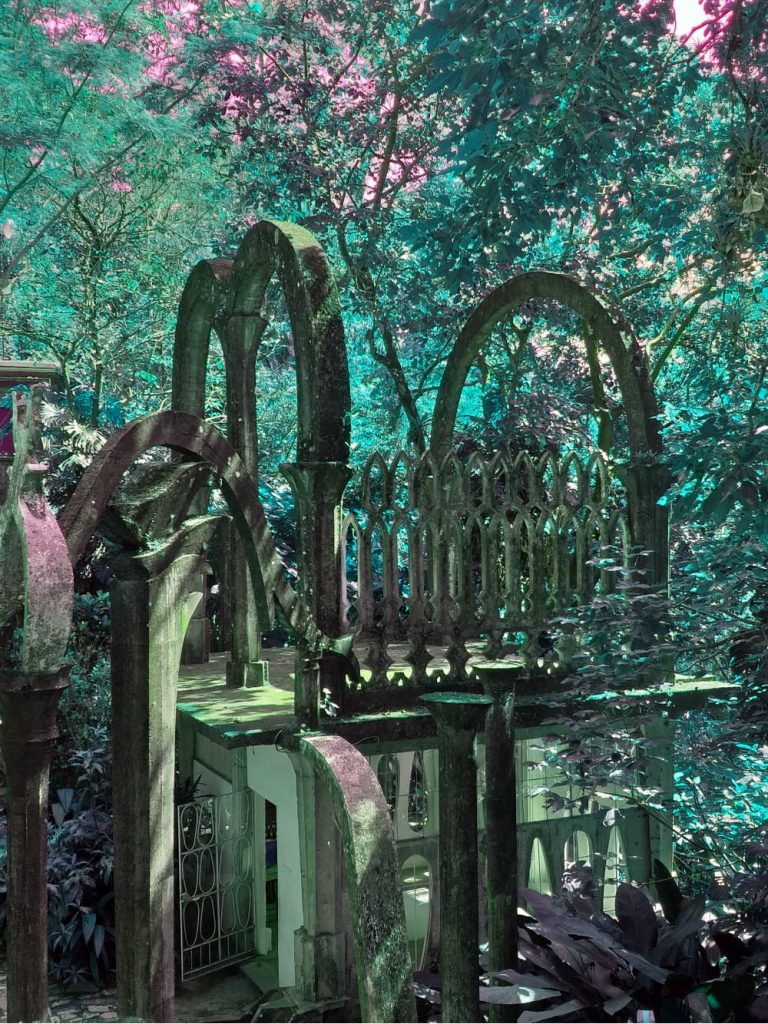
Text de Claudia Gillet-Meyer,; photos de Régis Meyer.
MORE ABOUT:
Books:
• Surreal Eden: Edward James and Las Pozas – Margaret Hooks – Sally Mann – Publisher Princeton Architectural Press
• A Surreal Life: Edward James 1907-1984 by Nicola Coleby (Editor)
Videos :
• The extraordinary world of Edward James
• The Secret Life of Edward James (1978): Presented by George Melly
The garden “Las Pozas” in Xilitla, Mexico.
https://www.laspozasxilitla.org.mx
The house « El Castillo » of Plutarco, today an excellent B&B
https://www.elcastilloxilitla.com
The West Dean College – The Edward James foundation fort Arts and Conservation
Museo Leonora Carrington in Xilitla




